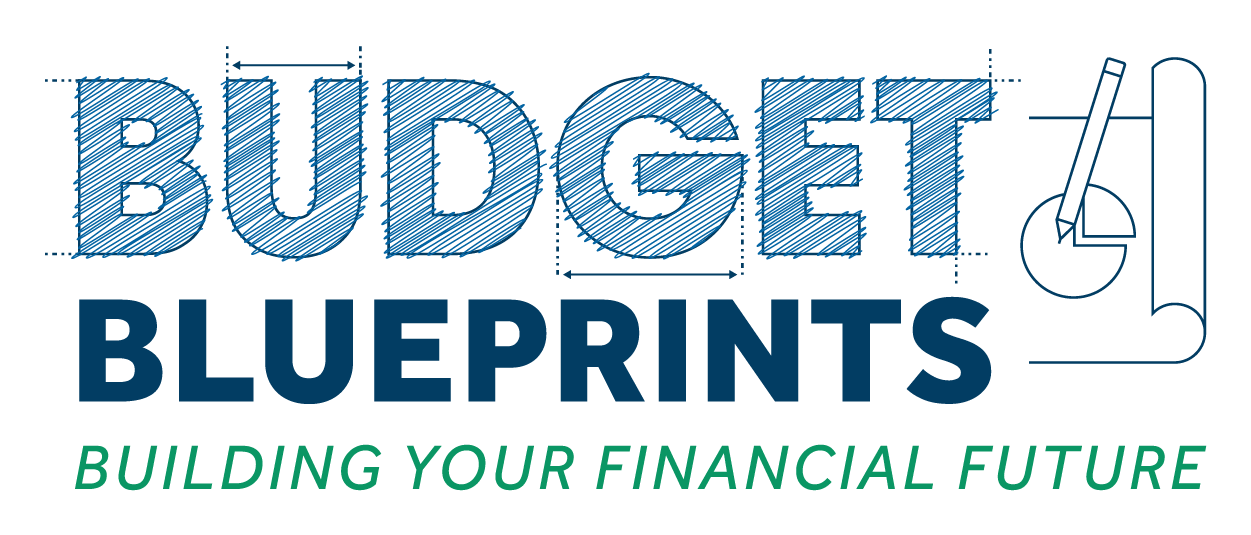Do you smell that? It smells like a brand new year, and a brand new year means a brand new planner! For the past several years, I have utilized a standard agenda to keep organized throughout the week and separately used Dave Ramsey’s EveryDollar app for budgeting. However, last year, I combined my weekly agenda with my budget and took a chance on The Happy Planner Budget Planner. It took a lot to change my budget status quo and try something new, but I ended up enjoying learning a new budget system! Read on to grab The Happy Planner budget pros and cons!
(Disclaimer: This post may contain affiliate links and any purchases made through such links will result in a small commission for me – at no additional cost to you! You can read more in our privacy policy.)
What is The Happy Planner?
The Happy Planner is a line of disc-bound planners by Me & My Big Ideas to help keep your life organized. They come in a variety of sizes, layouts, themes, and date styles. The best part? These planners are fully customizable so you are not limited to basic planner features. The disc-bound system allows you to easily rearrange, add, or remove pages and accessories. You can plan literally everything with The Happy Planner, from fitness to finances to daily schedules, monthly overviews, and everything in between. Not only can you plan everything, but you can also do it in whatever theme or aesthetic you like. Disney lover? Floral fanatic? Classic and minimal? There’s a cover fit for you.
You can buy The Happy Planner in their online shop or at craft stores like Hobby Lobby and Michaels. Pro tip: If you buy the planner and accessories from craft stores, you can often take advantage of coupons and sales. I bought my planner at Michaels for 30% off. I then found some expansion packs of stickers and trackers on clearance at Hobby Lobby.
How to use The Happy Planner Budget
Step One: Choose your Budget Planner
First, choose your planner size. Once you determine the size, you need to decide if you will have budgeting as your main focus and purchase The Happy Planner Budget Planner or a standard Happy Planner and purchase budget-related trackers and accessories. Then, choose if you want a dated or undated layout.
Step Two: Choose Your Planner Accessories
There is a planner, tracker, or accessory for everything. I’ve linked a few below.
If you can’t find quite what you are looking for through the big companies, try Etsy, as many sellers have created planner sheets that will fit into your Happy Planner.
My Happy Planner Budget Planner
I purchased the classic size of The Happy Planner Budget Edition. This 7″x 9.25″ planner is a dated, 12-month planner. There are undated versions, but I enjoy having the months laid out for me. This planner was themed, meaning it focused more on the budget aspect and less on the calendar aspect. Due to this, I did end up buying a few accessories that I will go over next.
The planner I purchased below is similar to this planner:

However, when I went to find this year’s updated cover design, I couldn’t find the 12-month dated planner on The Happy Planner site or in my local Michaels. It does look like you can order it from Amazon or Michaels online, but it has low stock. I panicked for a split second, but then I realized they revamped the planner into more of a guided budget journal.
The journal offers more financial trackers, budget reflections, and more mindful-focused budgeting, which is a great update! Even though my exact planner looks like it’s being phased out, you can still find an undated version in a handful of places online. The mini version is still listed on The Happy Planner’s site. If you have trouble finding the entire planner, you can simply add a budget expansion pack onto a standard planner and carry on business as usual!
Anyway, back to how I customized my budget planner.
As mentioned, I added a few extras to customize the planner to how I operate each month. For that, I needed a daily planner insert to track to-dos each day. I purchased these inserts:
Secondly, I bought an accessory pack for the back of my journal that included a pocket to hold my savings tracker and bills. The pack also came with a bookmark, sticky notes, and extra lined pages for my goals and notes. Finally, I chose a gratitude and prayer insert as well. All of these accessories easily clipped into the discs. It was so hard to narrow down the options for accessories in a sea of options! There are budget stickers, debt trackers, expense trackers, and more to add in for a fully customized budget planner!
Budget Planner Features
This planner starts off with a monthly overview. You have encouraging and fun tabbed dividers separating your monthly calendar. There is space for this month’s financial goals, a small bullet journal section, and a tracker for unexpected expenses.

Flip the page and you’ll record your monthly budget on the left-hand page and update your savings and account level throughout the month on the right. Each budgeting section includes a challenge for the month such as completing a no-spend challenge or limiting credit card usage. I loved this feature! Following that, you have weekly expense trackers to record all of your expenses. The expense tracker also keeps your spending behavior in check, reflecting on spending areas where you did well and improvements to make next week. Plus, you have to check whether the item purchased was a want or a need for each recorded transaction.
The remaining pages in the monthly section have spots for reminders, notes, and blank bullet journal-style pages. This is where your creativity really comes into play! I used this note page to track my budget categories throughout the month and also my irregular expenses for the year.

The Happy Planner Budget Pros and Cons
Pros
1. Creativity — I loved the bright colors and encouraging dividers of this planner. I also enjoyed ample space to doodle and jot down ideas and goals. I was able to be organized, creative, and on budget all in one spot!
2. Manual expense tracking — As this budget system is completely paper-based, that meant manually tracking my expenses each week. This behavior of writing down my transactions helped reign in unnecessary spending leaks throughout the year. Previously, the app I used was tracking my expenses for me, and I consistently found myself over budget in a few categories. Manually tracking meant I was taking a closer look at every. single. expense. and adjusting spending habits accordingly.
Space-wise, I thought for sure I would run out of room for transactions, but the planner effectively accommodates transactions each week. I also color-coded my expenses with a highlighter to keep tabs on that specific budget category throughout the month.

3. Monthly challenges — The colorful appearance certainly made budgeting a little more exciting each month, but what really drew my attention was the monthly challenges! Each month I was able to reset a certain area of focus in my finances thanks to these challenges.
4. Constant behavior checks — As mentioned above, the budget planner features behavior checks with every transaction and every week. This helped me stay mindful throughout the month and push myself to improve my spending habits week after week.
Cons
1. No running balance tracker — This is the biggest con for me. Each week, I was tracking expenses; however, there was no page to review the budget category balances after at the end of the week to see if I was still on budget. That’s the downside of manual tracking: I was often calculating and scribbling in the remaining running totals in the back of my planner each week.
For example, my eating-out budget was $125 per month. Each week, I added up all of the transactions that fit into this budget category and subtracted it from the budgeted amount. This gave me a running total each week to be aware of spending for the rest of the month. I then repeated this process for every discretionary spending category. This is why I color-coded my expenses. A digital system would have calculated that running total for me and saved me a bunch of time.
2. The planner is a bit bulky — I think the classic size was a great size for my needs, but it wasn’t really travel-friendly. By the time I added in the extra pages and stuck various notes and bills in the pockets, the planner became bulky and a hassle to carry around daily in my bag. The planner does come in a mini size which I think I will try next time.
3. The budget isn’t accessible everywhere — A paper-based planner isn’t always readily available. If I left my agenda at home or wanted to check my budget on the go, I was limited. I also couldn’t share data with my husband unless we were sitting together and reviewing it. With a digital budget planner, my budget would be readily accessible anywhere and may even be sharable with key parties.
My Honest Happy Planner Budget Review
Would I use this budget planner again?
YES! I would. Although I might go a different route with sizing and customizations, I truly think it made a world of difference in my spending and savings over the year.
How did it change my finances?
I was excited to open the planner and see where my finances stood every week. The thrill of adding another transfer to savings or completing a challenge made budgeting a lot more enjoyable throughout the year. I don’t think I would have reigned in spending as much as I did had I not taken the year to manually track every single aspect of our finances. The behavior check on each transaction and at the end of the week helped me stay focused on a lofty savings goal — which we met!
Final Thoughts
The Happy Planner Budget has pros and cons, but overall is a solid budget system that clearly outlines income and expenses but also aims to keep financial behaviors in check. It does all of that while being fully customizable and adaptable to easily implement into your life. And that is a key component of success when establishing a budget system.
Related Posts
- Creating a Budget System That Works
- 5 Reasons You are Failing at Budgeting
- How to Organize Important Documents

















What do you think?